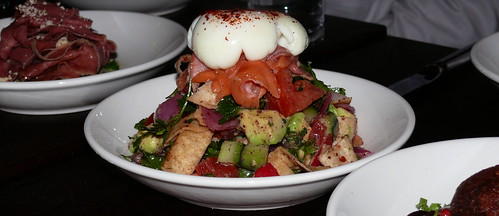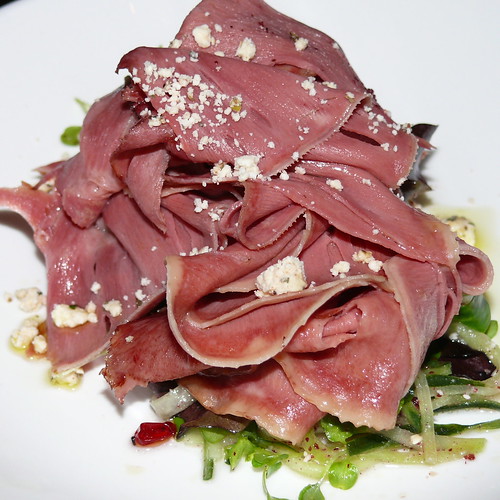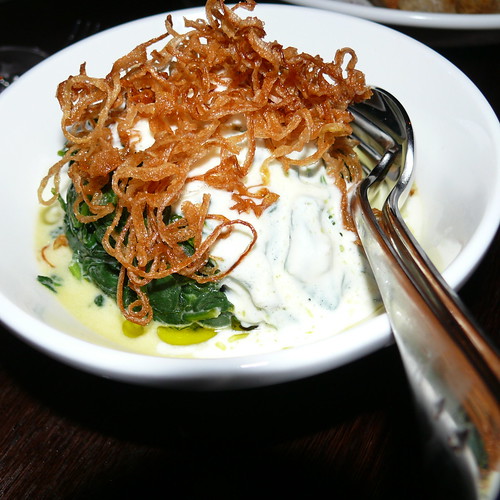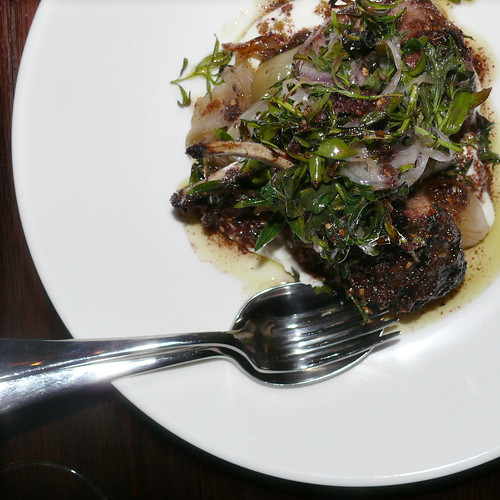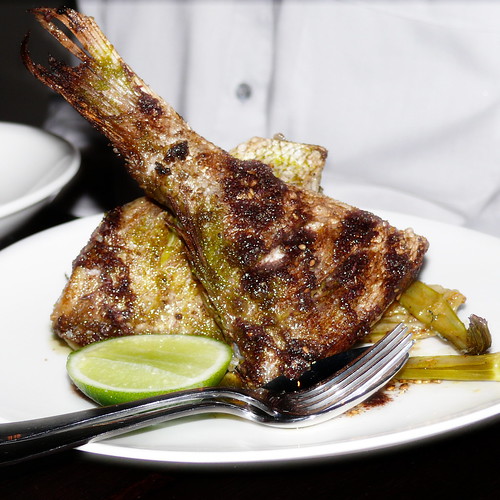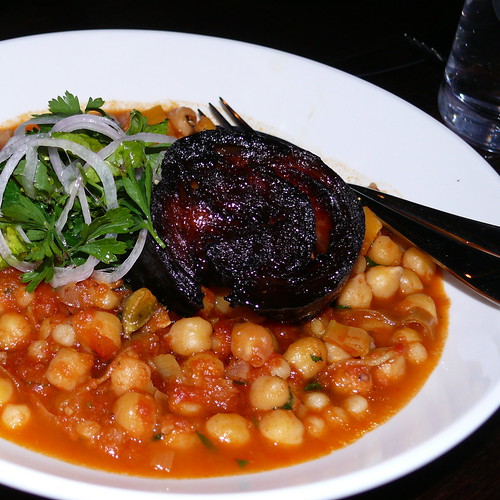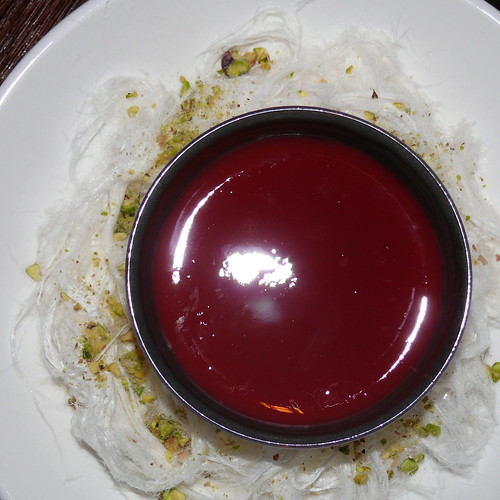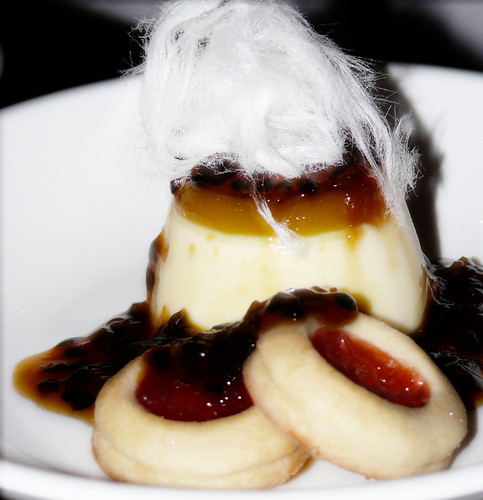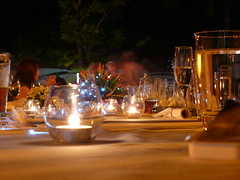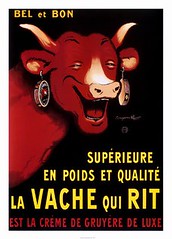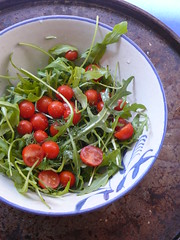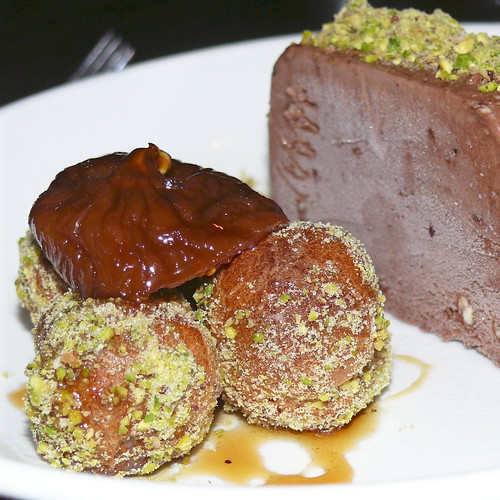
‘The true Gourmand never ventures out without an emetic; it is the quickest and safest way to avoid the effects of indigestion.’
GRIMOD DE LA RENIÈRE 1690-1756
To eat at Chef Greg Malouf’s table is to leave with a desire to loosen one’s belt and take a happy little siesta. Or even in some instances to push one's belly along with the aid of a wheeelbarrow. He once said in a cooking class, that his mother would chop off his legs if he ever dared to reduce the serving size of his dishes.
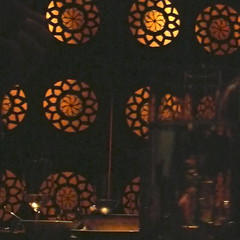 So here I was, standing in Melbourne’s soon to be hottest ticket restaurant, bristling with anticipation for the feast to come. Following the line of stars along the wall we made our way into the romantic gloom of the restaurant, where I groped my way along our table to sit on a leather banquette.
So here I was, standing in Melbourne’s soon to be hottest ticket restaurant, bristling with anticipation for the feast to come. Following the line of stars along the wall we made our way into the romantic gloom of the restaurant, where I groped my way along our table to sit on a leather banquette.
Beside me stood a carved wooden Middle Eastern inspired screen. When my eyes gradually adjusted to the dim light, I was finally able to read the menu and peer through the cut outs in the screen to my right, like a concubine about to enter a harem.
We had with great excitement arrived at Mama Ganoush. Our expectations were high, as fans of Greg Malouf’s talents and of his brother Geoff’s previous ventures - Aziz in South Melbourne and Zum Zum in North Carlton. This venue, Geoff’s latest restaurant, is a small, comfortable and intimate space compared to the cavern that was Aziz and a much more appropriate size and location for the offering.
I felt instantly at ease. The décor is warm and leathery, with chocolate being the dominant colour. One feature wall is lined with backlit panels featuring laser cut stars. These are repeated on the ceiling, but were not illuminated on our visit and hence the pitch-black conditions, punctuated with manufactured starlight. To the front of the restaurant the Middle Eastern theme is hinted at with the construction of an MDF wall of alcoves housing decorative urns.
The wine list is small and conservative with price points to suit most and the menu did not disappoint. With eight entrees and mains on offer, we as a group of six were delighted that we could sample nearly everything on the menu. A happy gurgle greeted our vivacious waitress when she instructed us that the dishes were best shared.
Sadly the oysters were not available, but that allowed us to order two serves of three crisp and light Cheesy Ladies Thigh pastries with sublime honey cardamom stewed leeks.
Deceptively substantial was the Avocado Fattouche with salmon and a chilli egg. Punctuated with parsley, tomato, pickled pearl onions and barberries, it was rich and tasty, dusted with sumac and flecked with onion. The smoothness of the ingredients was broken up by the crunch of fried Turkish bread.
Alongside were Greg’s marvellous and familiar lamb kibbeh and we chose a dish of shaved smoked ox tongue with a salad of cucumber, micro leaves and pomegranate seeds dotted with crumbled shanklesh. The deep smokey flavour of the meat was definitely a highlight, like a moist melt in the mouth pastrami complemented by the sour notes within the salad and the creaminess of the cheese.
The other palate startler amongst the entrees was, for me, the Vine Leaf Wrapped Quail on a la Grecque style white cabbage, which consisted of succulent de-boned quail perfumed with vine leaf and I think dried wild thyme. When eaten with the crisp cabbage, onion and mint salad it was a beautiful layering of textures and flavours.
We began our sojourn into the main courses with a bottle of La Zona Sangiovese and the first dishes to arrive were the sides. We had chosen Greg’s standard pistachio pilav - which is always a favourite with one of our group - and the delicate spinach with caramelised Spanish onions and yoghurt tahini.
Then came the delicious Claypot Roasted free range chicken with Mougrabieh, tomato, sweet spices and Turkish sausages. It sat in a complex broth flavoured with Ras el Hanout and possibly Baharat. In an outstanding melding of flavours from the sausage, spices and chicken juices, the ball bearing sized couscous known as Mougrabieh gave you yet another reason to forage in the pot.
I followed this with a sample of the Spatchcock roasted in Turkish bread. Here the integrity of the flavoursome meat was simply showcased whilst retaining a succulence as to be falling off the bone. Labneh and sumac provided an aesthetically pleasing garnish.
Another meaty concoction came in the form of tasty lamb cutlets barbecued with za’atar - a zesty mixture of dried wild thyme, sesame seeds and sumac. The simple execution allowed the sweetness of onions, perfectly roasted until caramelised, to shine through in harmony with the tang of the herbs and lamb juices.
Baby Snapper roasted on the bone with green chermoula and fennel came next alongside Baharat roasted farmed rabbit with warm fresh and dried broad bean salad. Although excellent they paled into insignificance when I turned my attention to the Crisp honey and orange blossom pork hock with butternut pumpkin and chickpea tagine.
For me this dish was heaven. It most probably had been braised, allowing the flavours to infuse, and then deep-fried. The textures and sweet-sour flavours of the pork reminded me of a rustic Chinese dish of pig’s trotters in sweet red vinegar, served in particular to pregnant women. The accompanying bright orange tagine had overtones of cardamom with golden ras-el-hanout and was dominated by chickpeas, making it a very filling meal.
My stomach found some respite with the arrival of a glass of Moroccan Mint tea, served from an ornate footed silver teapot. Gradually I worked up the courage to broach dessert. We chose four dishes to share: Chocolate Halva ice cream with pistachio dusted fig beignets; a burnt honey sorbet with fresh fruit; a creamy passionfruit panacotta served with shortbread Lokum biscuits; a smooth, milky Blood Orange Mouhallabieh flavoured with Mastic and served with Persian fairy floss. They proved to be a light and refreshing selection - the ideal flourish to end the marathon feast.
As the boys sipped thick Turkish coffee served in a traditional copper pot with an elaborate handle, I loosened my belt. The night had surpassed expectations and I was ever ready to slip into my nice warm bed and reflect on the evening.
Greg Malouf will only be in the kitchen initially. In the first week of October he will be moving on to Ikarus at Hangar-7 in Salzburg Austria and will later be involved in promoting his latest cook book collaboration with Lucy Malouf. Tourquoise – a culinary journey through Turkey is scheduled for release in November 2007. Greg’s restaurant Mo Mo will re-open in 2008, in the basement of the Grand Hyatt Melbourne. In the meantime, diners can also find him at Stones of the Yarra Valley on Sundays, presenting Arabesque, a weekly degustation.

